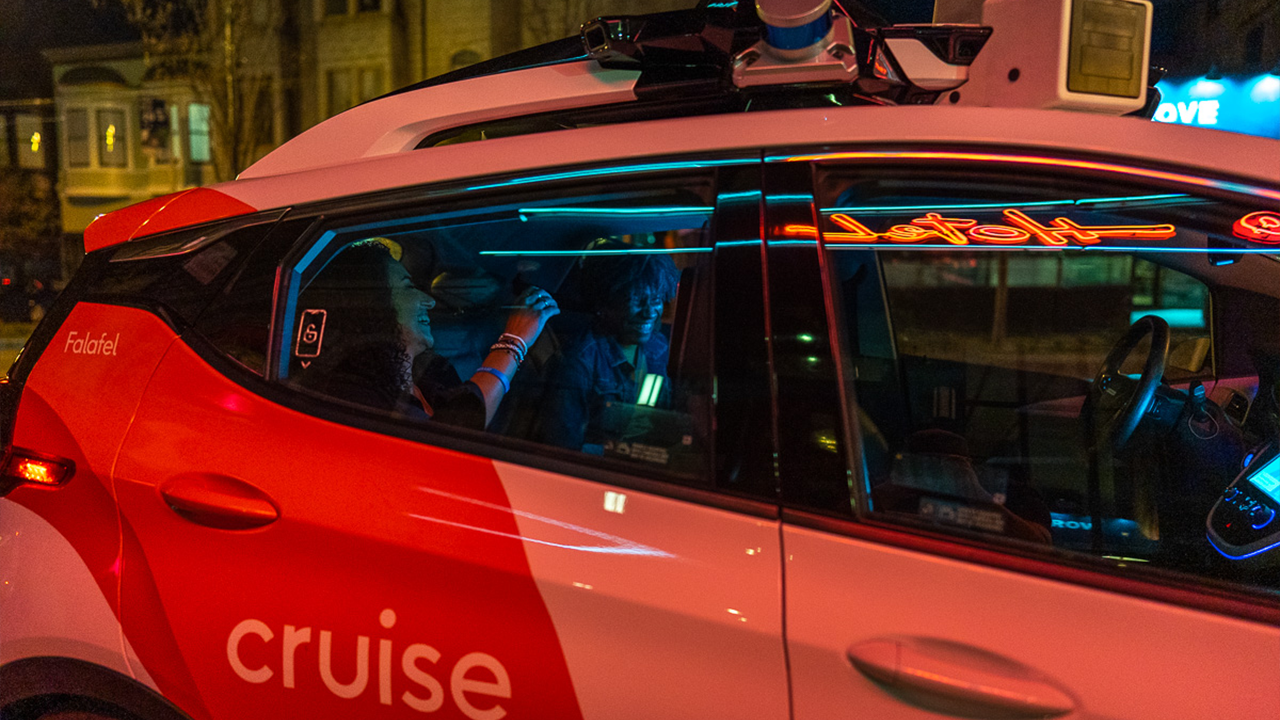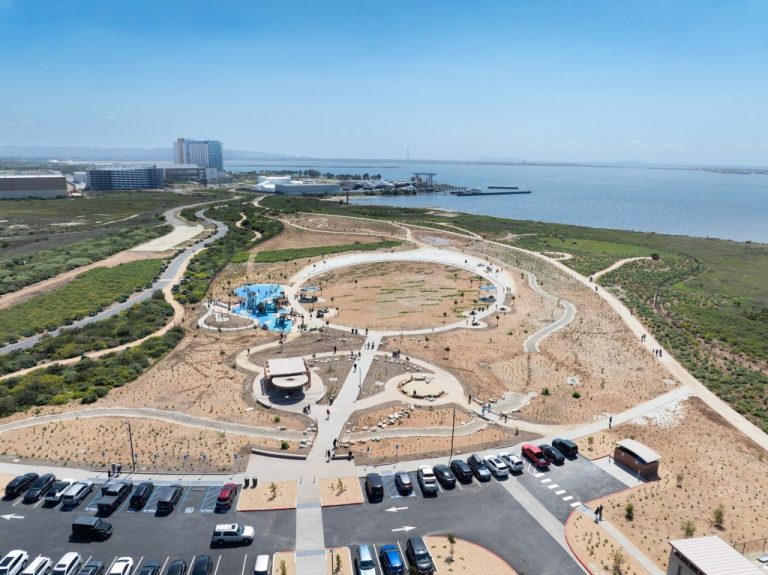
Dan Ammann on self-driving cars coming to San Francisco
Cruise, the autonomous vehicle (AV) operator owned by General Motors, has been asked by the California Department of Motor Vehicles to halve its operations in San Francisco following a crash into an emergency vehicle.
On Friday, the California Department of Motor Vehicles (DMV) asked Cruise to halve the number of vehicles it was operating in San Francisco.
“The DMV is in contact with Cruise and law enforcement officials to determine the facts and requested Cruise to immediately reduce its active fleet of operating vehicles by 50% until the investigation is complete and Cruise takes appropriate corrective actions to improve road safety,” the California DMV said in a statement to Fox News Digital.

On Friday, the California Department of Motor Vehicles asked Cruise to halve the number of vehicles it was operating in San Francisco. (Cruise / Fox News)
The DMV said that the AV transportation service agreed to have no more than 50 driverless vehicles in operation during the day and 150 driverless vehicles in operation at night.
| Ticker | Security | Last | Change | Change % |
|---|---|---|---|---|
| GM | GENERAL MOTORS CO. | 33.12 | +0.20 | +0.61% |
The news come after a Cruise driverless taxi collided with a firetruck in a San Francisco intersection Aug. 17.
MAN FORCED TO DITCH FORD EV TRUCK DURING FAMILY ROAD TRIP TO CHICAGO: ‘BIGGEST SCAM OF MODERN TIMES’
Authorities said the firetruck was in “Code 3” emergency mode, which means its red lights and sirens were activated at the time of the crash. The autonomous taxi had one passenger inside who was taken to a local hospital with injuries that are not considered life-threatening.
Video on social media showed the aftermath of the crash, with the Cruise taxi smashed from the impact of the collision with the large firetruck.
In a statement on X, formerly known as Twitter, Cruise confirmed the accident, saying that their, “primary concern is the rider and their wellbeing.”
In a statement, Cruise admitted to the “complexity to this specific incident,” saying that the AV positively identified the emergency vehicle “almost immediately.”
CADILLAC’S ESCALADE IQ IS ITS BRAND NEW $130,000 ALL-ELECTRIC SUV
The company continued, saying that, “the confines of this specific intersection make visual identification more challenging — for humans and AVs alike — as it is significantly occluded by buildings, meaning that it is not possible to see objects around the corner until they are physically very close to the intersection.”

The incident on Thursday saw a Cruise driverless autonomous vehicle that was carrying a passenger strike a fire truck at an intersection. The firetruck was on their way to an emergency. (Cruise / Fox News)
Cruise said that its AVs have the ability to detect emergency sirens-like the firetruck’s sirens on the night of the collision. The company admitted that while the AV detected the oncoming emergency vehicle and initiated a braking maneuver, but was “ultimately unable to avoid the collision.”
GET FOX BUSINESS ON THE GO BY CLICKING HERE
The company concluded their statement, saying that, “continuous improvement is central to our work.” Similarly, the California DMV said that, “safety of the traveling public is the California DMV’s top priority.”






